NYC’s Forgotten ‘War on Christmas Trees’
Discover how an obscure holiday crackdown affects festive street vendors today!


NYC tap water has been called “the champagne of drinking water.” It’s won multiple taste test awards and is credited as the reason NYC bagels and pizza are so delicious. In addition to being famously tasty, NYC tap water is also an impressive feat of engineering. Here, we explore where it comes from, what makes it taste so good, and more secrets!
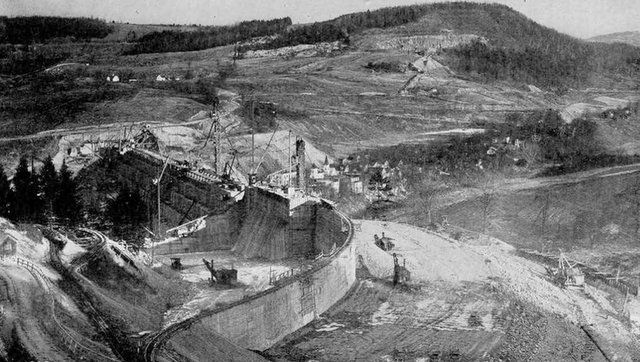
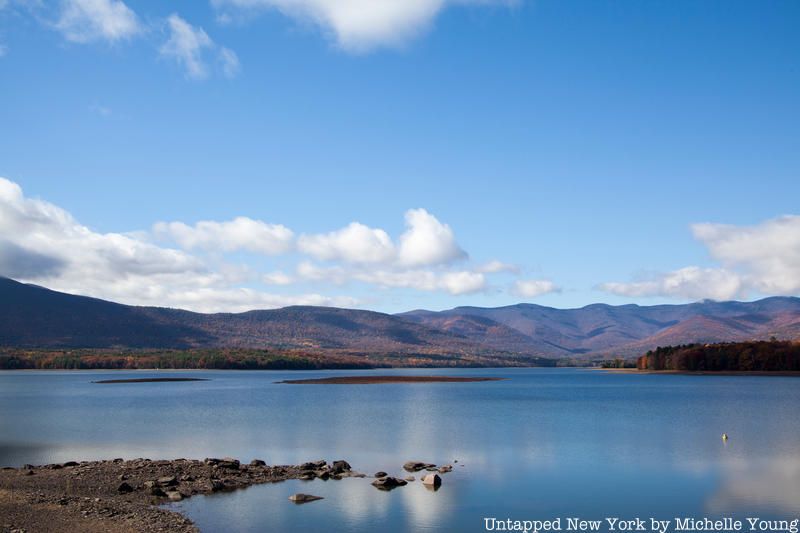
Fresh water first came to New York City via the Croton Aqueduct in 1842. In 1917, construction began on the Catskill Aqueduct which provided six new reservoirs that supplied water to New York City. Many of those reservoirs were built on the site of existing Catskill towns in an area used largely for farming, logging, and bluestone quarrying. To make way for the reservoirs, 2,000 people had to be relocated. In addition to living residents, 1,800 bodies from cemeteries at the sites were unearthed and re-interred elsewhere. Homes, businesses, and trees were torn down.
In total, four towns were submerged and eight were relocated to build the Ashokan Reservoir, the largest reservoir for New York City. Before the water rushed in, whistles were blown for an hour to warn any stragglers to leave. When the water levels are low today, you can see foundations, walls, and other remnants of the lost towns. Learn more about the drowned towns here!
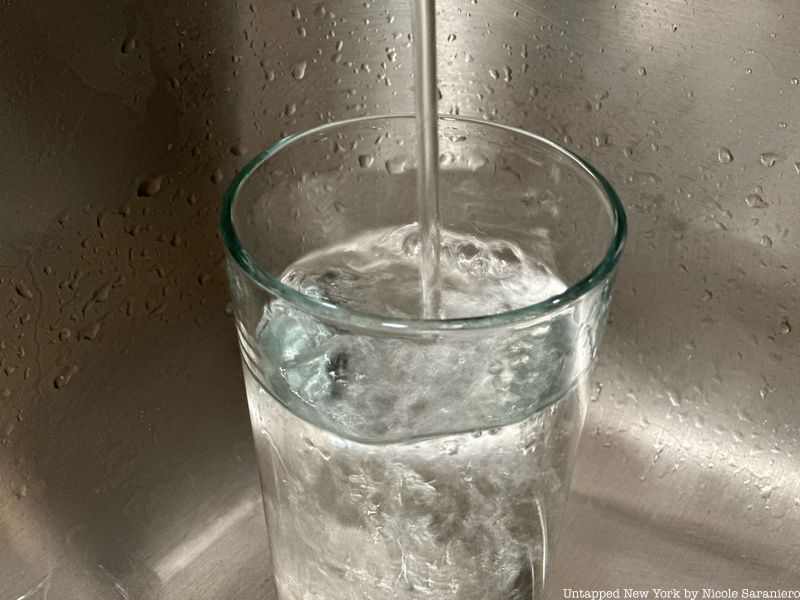
In 2010, a Reddit user uploaded images of microscopic shrimp-like organisms found in a glass of tap water. What the user captured were copepods, very tiny crustaceans that are known to eat mosquito larvae and help keep water supplies clean. The presence of this organism, though invisible and harmless, posed a problem for Orthodox Jewish people who follow a Kosher diet in New York City. A NYC Department of Environmental Protection (DEP) spokesman told Wastewater Digest back in 2004 that the copepods can easily be filtered out with a commercial filter or the water could be run through a double cloth to remove the creatures.
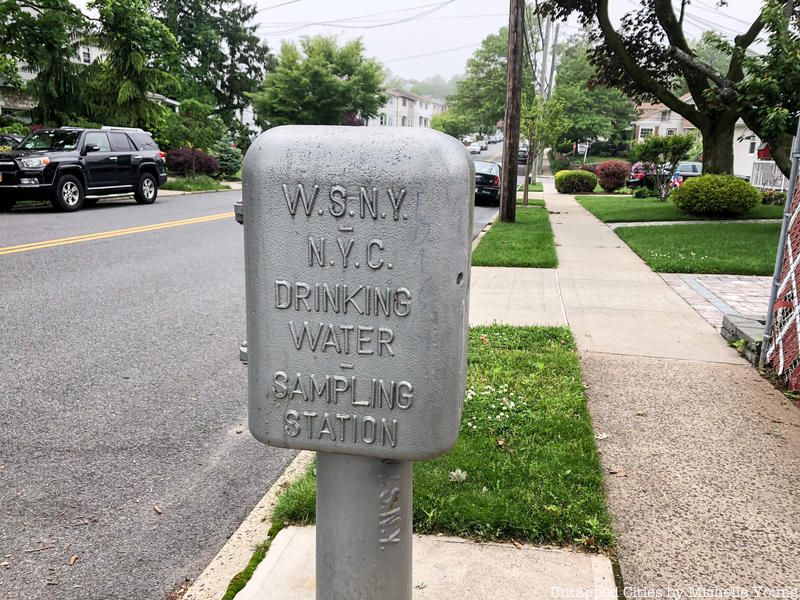
There are more than 950 NYC drinking water sampling stations spread across the five boroughs. Inside these silver, cast iron boxes there is a sink. Quality scientists working for the DEP visit these sampling sites to conduct tests over 30,000 times a month. They are out in the field every day of the year making sure the water is safe to drink. A few things they test for include “bacteria, chlorine levels, pH, inorganic and organic compounds, turbidity, and odor” among other quality metrics.
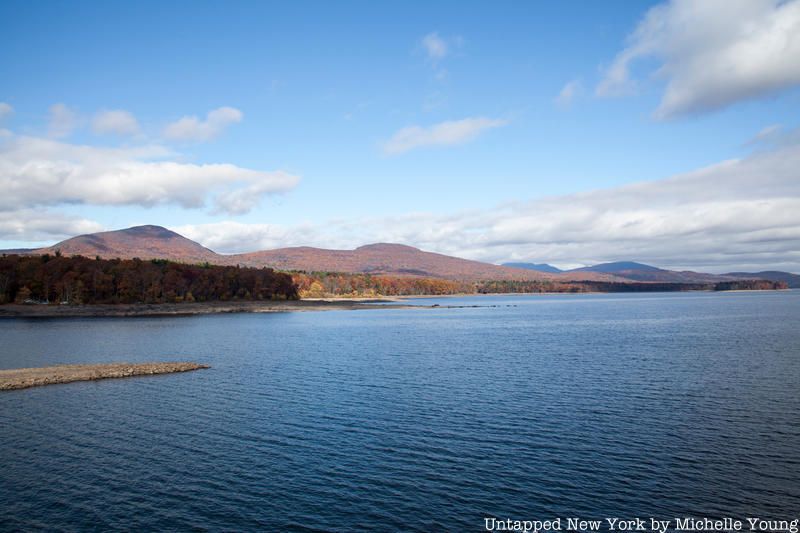
New York City’s tap water comes from 19 reservoirs and three controlled lakes located in the Hudson Valley and Catskill regions. Those bodies of water are part of two primary surface water supplies, the Catskill/Delaware and Croton. In order to get clean water to all of New York City’s more than 8.8 million residents, the water supply system provides more than one billion gallons of water per day! This supply also serves one million people residing in Westchester, Putnam, Orange, and Ulster counties. That’s nearly half of the entire population of New York State. The water from our upstate watershed areas can take anywhere from 12 weeks to a year to travel through the system to the city, according to the New York Times.
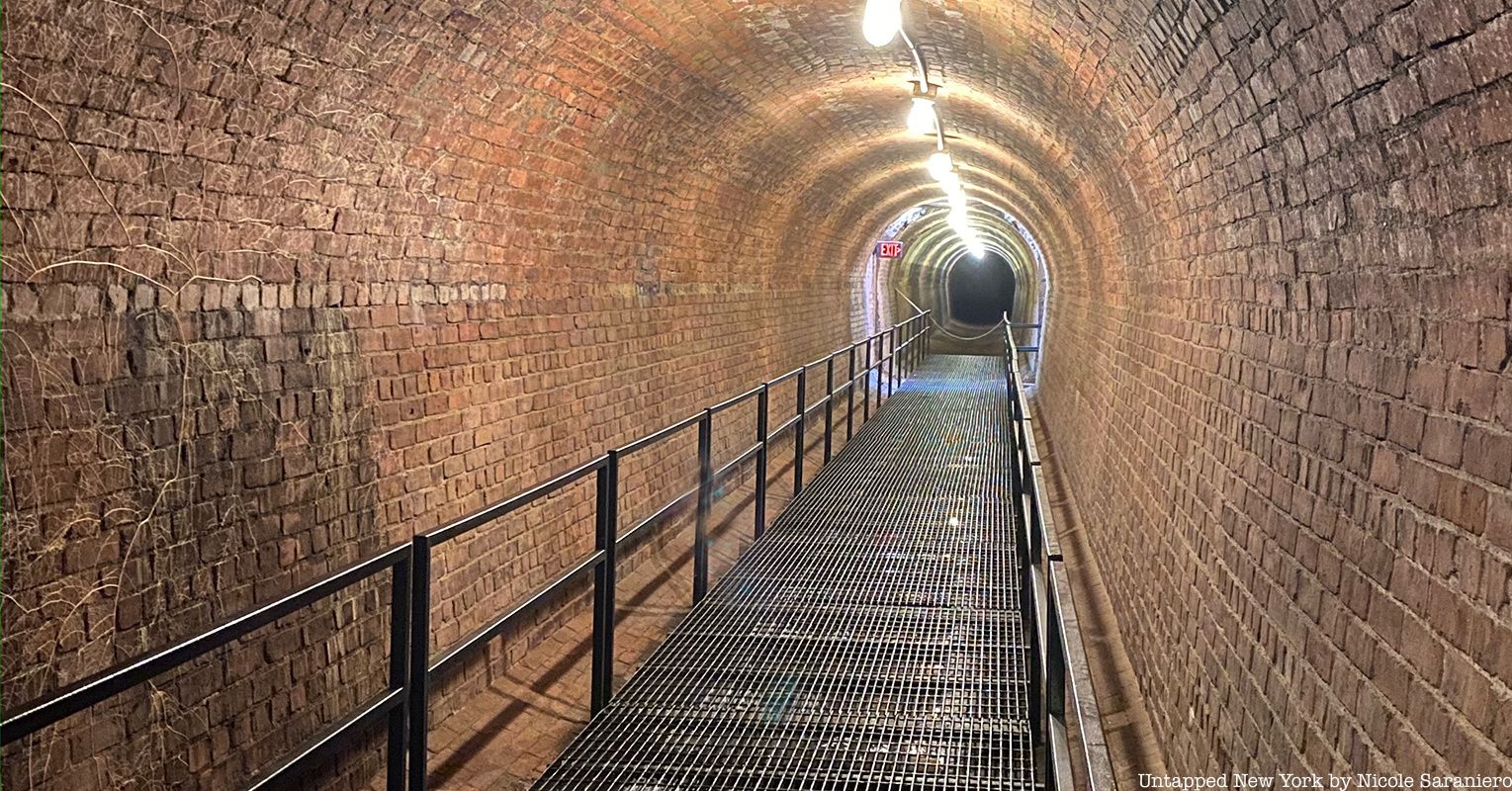
Due to the high quality of water from the Catskill/Delaware supply, New York City is one of only five large cities in the nation that does not use filtration as a treatment method. It is actually the largest unfiltered water system in the country. Instead of filtration, NYC tap water that comes from the Catskill/Delaware supply is treated using chlorine and ultraviolet light. Chlorine is a disinfectant that kills germs and prevents bacteria from growing on pipes. Ultraviolet light further disinfects the supply. More than 2 billion gallons of water go through this disinfection process every day at the Catskill/Delaware UV Disinfection Facility in Westchester. Water from the Croton supply is filtered at an underground facility in the Bronx called the Croton Water Filtration Plant.
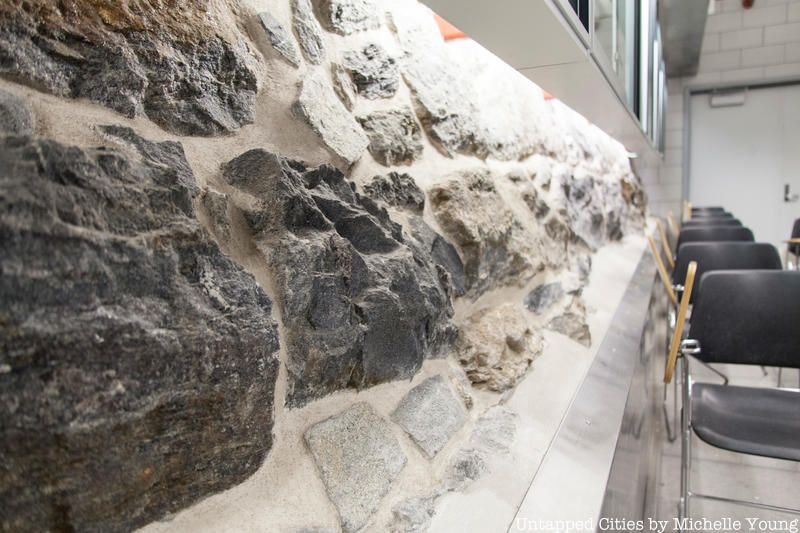
When the Old Croton Reservoir first opened, there were multiple reservoirs within the limits of New York City that it fed and there are many remnants of that system that you can see today. One of these remnants is a stone wall inside the New York Public Library which was once part of the Croton (or Murray Hill) Distributing Reservoir’s foundation. The reservoir opened in 1842 and stood where Bryant Park is today. It was a favorite walking spot of Edgar Allan Poe and other New Yorkers who could walk along the edge and take in the city views.. It was torn down in 1900.
Another reservoir once stood where the Great Lawn of Central Park is now. Remnants of this structure can be found poking out of the ground on the east side of the Great Lawn and inside the conference room at the Central Park NYPD station on the 86th Street transverse (seen above). Track down more remnants of the Croton Aqueduct here! Today, the last point of travel for most NYC tap water before it enters homes and businesses is the Hillview Reservoir in Yonkers.
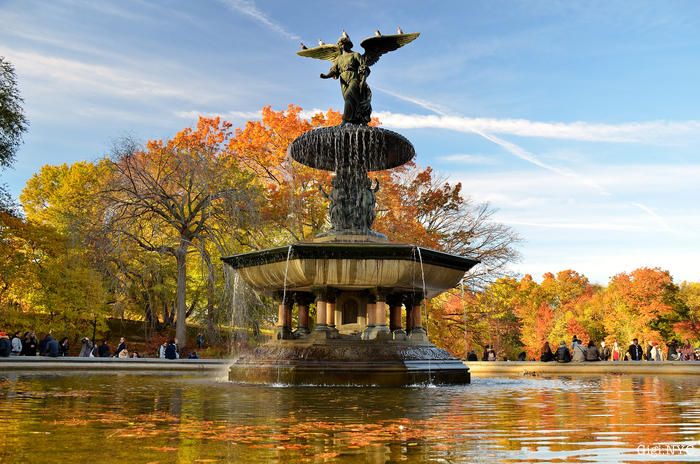
Bethesda Fountain is an iconic attraction of Central Park, but few may know the story behind it. The official name of the fountain is Angel of the Waters. When Central Park was originally designed, this was the only fountain that was in the plan. The twenty-six-foot-high fountain was created by sculptor Emma Stebbins, the first woman to receive a commission for a major public work in New York City. Calvert Vaux designed the base it stands on and Jacob Wrey Mould created the ornamentation. The fountain commemorates the 1842 opening of the Corotn Aqueduct which brought fresh drinking water to the city. The angle holds a lily in one hand while blessing the waters with the other. At her feet, four cherubs represent health, purity, temperance, and peace.
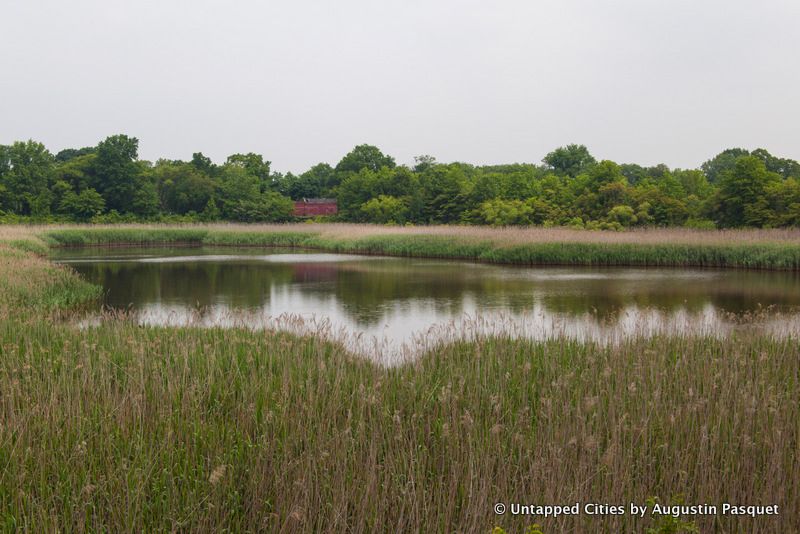
From 1858 until 1990, parts of Brooklyn received water from the now-decommissioned Ridgewood Reservoir. This reservoir was fed by small streams on Long Island. Located on the southeastern corner of Ridgewood, Queens, the reservoir distributed over 45 million gallons of water per day. After being decommissioned in 1990, the site sat largely untouched. Management of the site was transferred to the parks department in 2004. Today, the reservoir is part of Highland Park, a designated freshwater wetland.
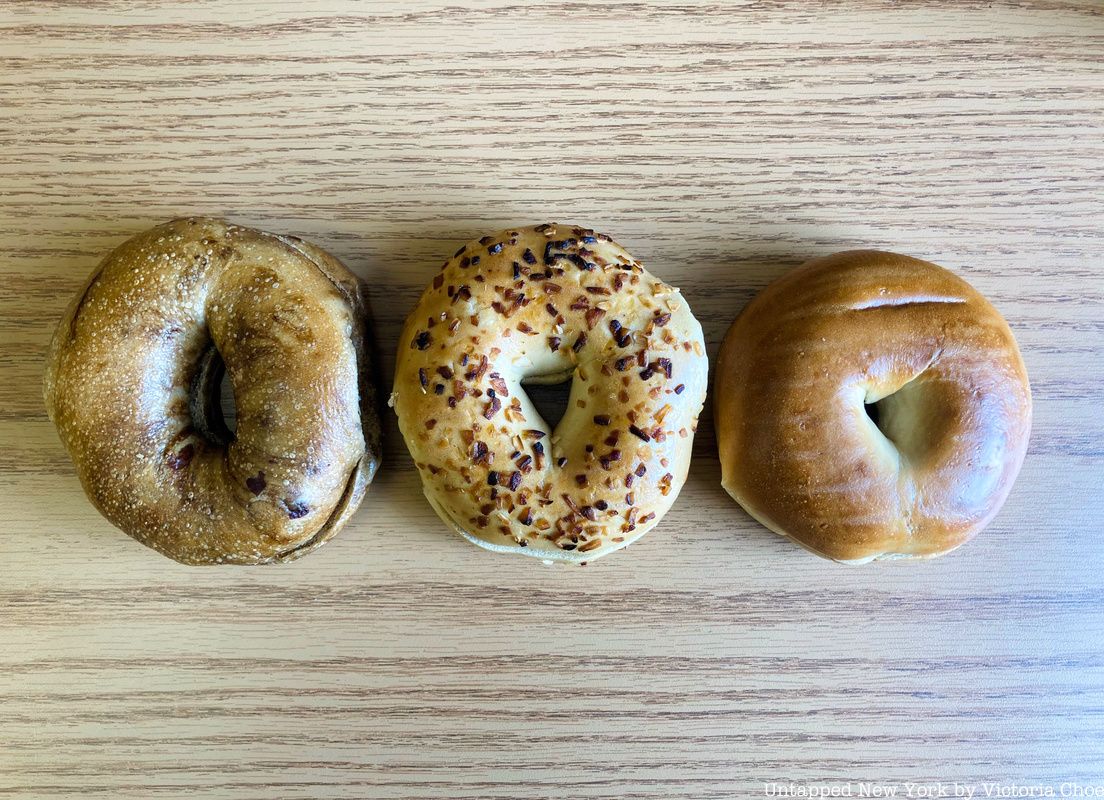
NYC tap water has been called “the champagne of drinking water” and businesses in states across America have imported or tried to replicate our water to make their bagels or pizza taste just like those made here in the city. But is water really the key to the best bagel or slice? It’s a debate that’s been hashed out in articles by NPR, Reader’s Digest, Sauce, Food & Wine, Smithsonian Magazine, and countless other publications. There are certain qualities that make NYC tap water unique, such as lower concentrations of calcium (an element that can make water have a bitter taste) and magnesium, but higher levels of sodium and other natural minerals from the water source. These attributes make NYC water “soft.” The softness or hardness of water does impact how it reacts to gluten in the dough. Hard water tends to strengthen gluten, making for a dough that’s a bit tougher, as noted by Smithsonian Magazine. While NYC tap water may give our dough the slightest edge, there are many other factors that contribute to making a good bagel or pizza pie, like how you bake it and the quality of the other ingredients you use. The water likely has little impact on the overall taste, but what do you think?
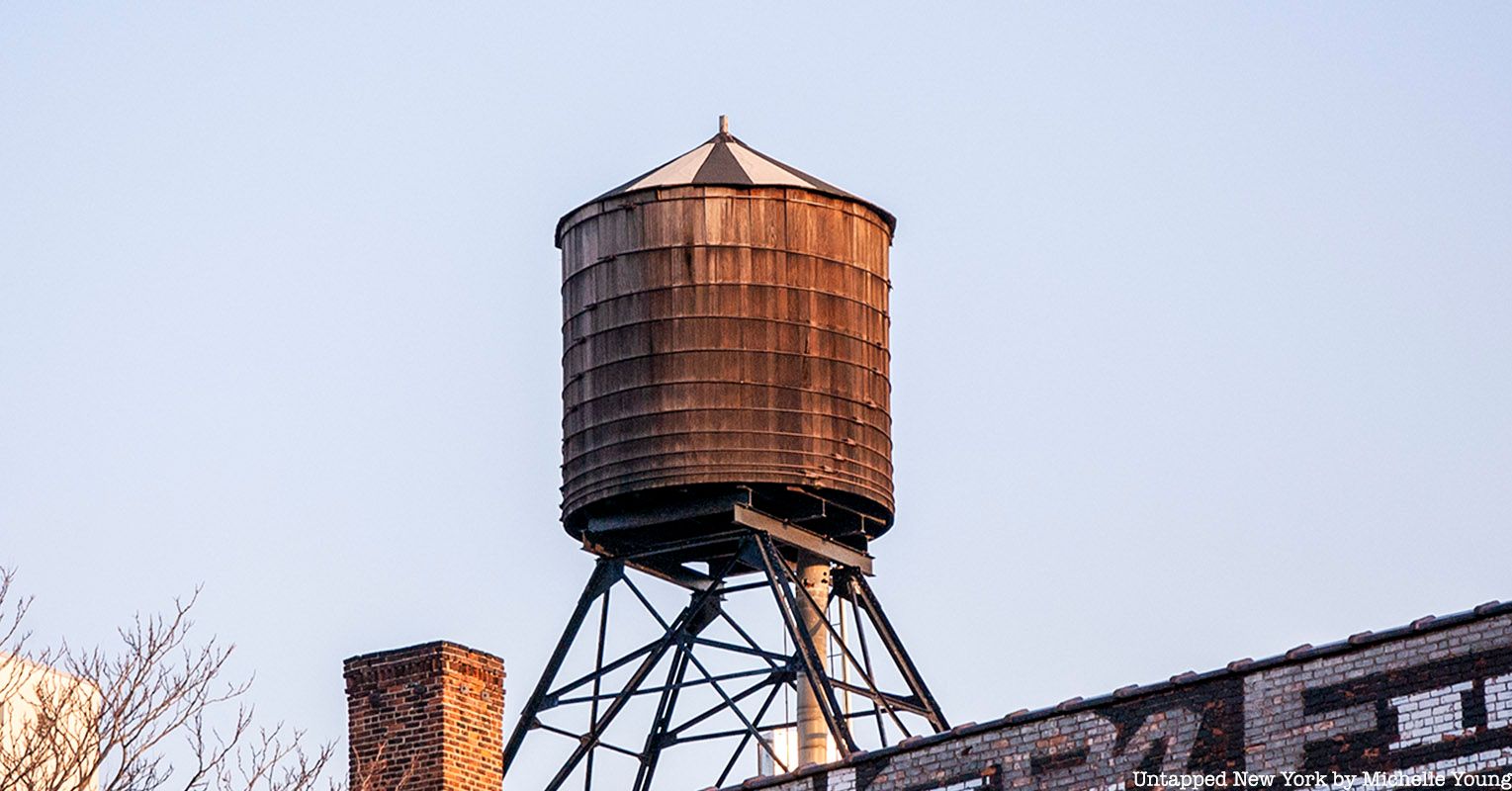
Water towers are a ubiquitous part of the New York City skyline, but how do they actually work? Most of New York City’s water travels to the city purely by the force of gravity, gaining enough speed and pressure to travel up to six floors high naturally (roughly 60 to 75 feet). This is impressive, but many New York City buildings are much, much taller. In order to get water to the upper floors of the tallest buildings, you need pumps and water storage. Enter the water tower. Traditionally, water towers are made of cedar wood or California redwood planks held together like a barrel with steel hoops. The wood is highly effective at insulating the water, keeping the water from freezing in the winter. Though the concept of water towers is simple and seems old-fashioned, they are still very much in use today. Check out some of the most unique water towers in NYC right here including the giant water towers at the World Trade Center!
Next, check out 10 secrets of the Hudson River
Subscribe to our newsletter